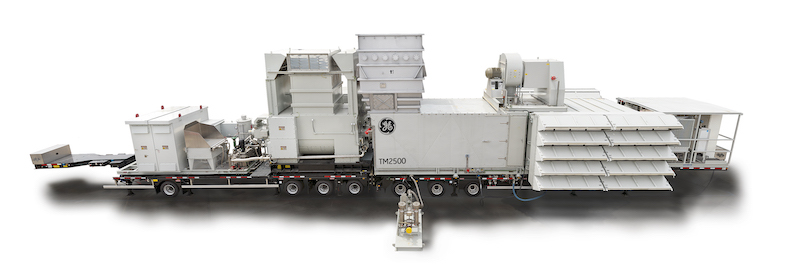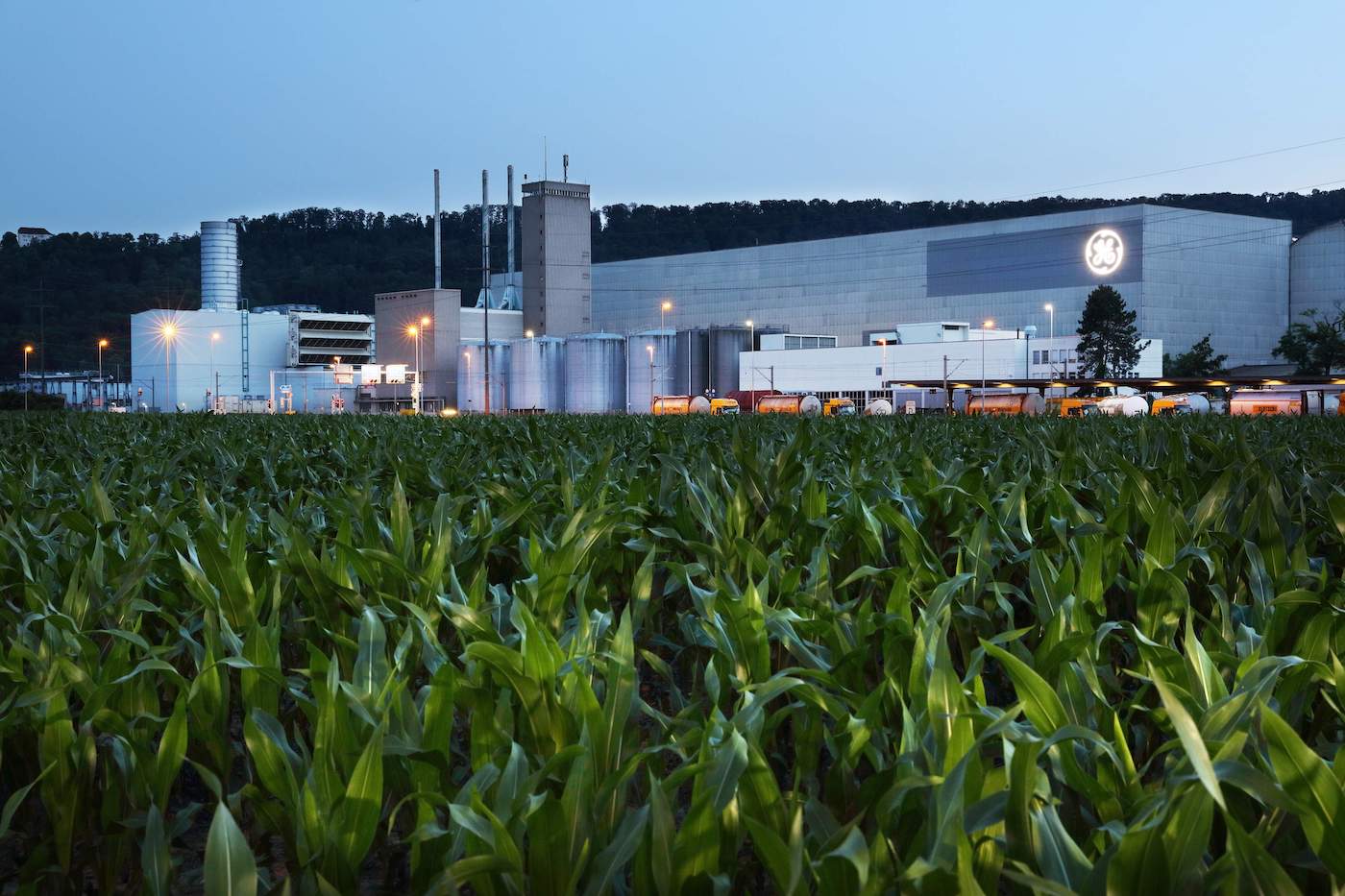Blessed with hundreds of high Alpine lakes, Switzerland gets nearly 60% of its electricity from hydropower, with another 30% coming from nuclear and the rest mostly from renewable sources. This year, to help meet the expected electricity demand during the winter, the country has turned to GE technology.
To address an anticipated power shortfall this winter, the Swiss Federal Office of Energy has signed a four-year deal with GE Gas Power to lease eight of its mobile TM2500 aeroderivative turbines to help get through the coldest part of the year.
Derived from the technology behind GE’s CF6 jet engine — which powers the Boeing 747 and 767, the Airbus A310, and the McDonnell Douglas MD-11 — the “TM” (short for trailer-mounted) can be transported quickly and installed in a matter of days, says Aman Joshi, the general manager of GE’s aeroderivatives business at GE Gas Power. Once it’s in place, it can be powered up or down in only five minutes, which reduces wasted fuel. And if natural gas remains scarce, it can operate on a number of different fuel types, including liquid fuels such as diesel as well as blends of hydrogen and other sustainable aviation fuel blends as they start to become more available. For these reasons, the TM2500 has more than 300 units deployed worldwide and over 6 million hours of operating experience.

The temporary reserve power plant will be installed in GE’s Manufacturing Center in Birr, in the Swiss canton of Argau, about 20 miles (30 kilometers) west of Zurich. Each of the eight TMs will be expected to deliver to the grid more than 30 megawatts (MW), for a total of about 250 MW. The infrastructure — a foundation, water tanks, fuel tanks, transformers, high-voltage connections to the grid, etc. — is expected to be in place by February 2023 and the units will be shipped in just in time for the greatest anticipated demand. The deal will run through the winter of 2026.
In view of a combination of several extraordinary and unforeseeable events, such as the outage of many nuclear power plants in France, the turmoil triggered by the war in Ukraine on the European energy markets, and a drought last winter and this summer, Switzerland will need new sources of electrons in the future. The country is focusing strongly on the expansion of renewable electricity production through photovoltaic systems, wind energy or geothermal energy. The country’s goal is to cover all of the country’s electricity needs with renewable sources by 2050.
“Power need is growing,” says Christian Verhoeven, chief technology officer of GE Gas Power Switzerland. “Electric vehicles are booming in Switzerland, and heating of houses is being converted from fossil fuels to heat pumps, which also need electricity. So we have an accelerated need for additional electricity.”
And the effort has come together quickly. “I’m really excited by what’s going on here in Switzerland, how fast everybody is working together as a team” says Joshi.
